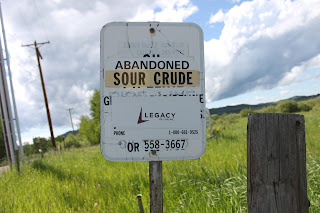Enbridge Pipeline Will Face Many Hurtles if Approved
B. McPherson
The above photos were taken on the east coast of Vancouver Island, looking toward the mainland. This is the time of the northerly migration of the Black Brant geese which coincides with the herring spawn. It doesn't take much imagination to see what a minor oil spill would do to the geese and other shore birds.
While the Canadian federal government is pushing hard for a
speedy approval process to the Enbridge Northern Gateway Project opposition to
the scheme is gathering organization and force. Today the Financial Post is
referring to the project as being in a “legal swamp”.
The proposed pipeline would transport bitumen from Alberta’s
oil sands extraction to the British Columbia coast for shipment to markets in
Asia. The proposed route would track through the Great Bear Rainforest, an area
that National Geographic calls the wildest place on earth. It is home to rare
ecosystems and the unique Kermode Bear. The terminal of the pipelines would end
at Kitimat at the end of Douglas Channel. An estimated 200 super-tankers would
navigate the treacherous waters each year. Enbridge spokespersons have assured
the public that the chances of a spill are very low.
Oil tankers transporting crude from Alaska to the lower US
states travel far off BC’s coast in order to avoid the numerous islands and
shoals as well as to minimize damage to the shore should a leak occur.
Lawyers speaking on behalf of First Nations groups are adamant
that the pipelines will not be constructed in their territories.
“There will be huge litigation. Absolutely,” said Art Sterritt, executive director of Coastal First Nations, an alliance of 10 native groups on British Columbia’s northern and central coasts that has been vocal in opposing the project.
“There have been many court cases that have defined the landscape in British Columbia. Aboriginal title exists here. It’s not just some vague concept.”Financial Post
Many people along the coast of BC are passionate about keeping
the waters clean and safe for wildlife. Fishing, tourism and aquaculture
contributing directly to local economies depend on continued clean, oil free
waters.



Comments
Post a Comment